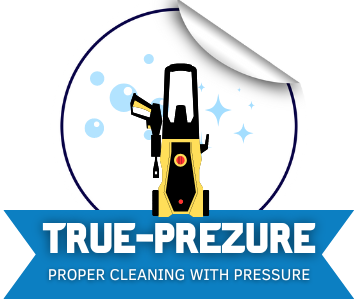Students at the Venture Lab came up with an idea of making a bigger, floating version of a popular floor vacuum.
“The water Roomba is what it’s often called,” said Rob Charvat, the chief technical officer of Clean Earth Rovers. “Our vehicle is designed to be able to take missions which might require five or six or seven people and do it on its own.”
Charvat said the unit can be set up in a marina to clean up garbage, an oil spill or fish kill, with both a monitoring system or a cleaning system operated by a cellphone.
“Being able to take these dull, dangerous, and dirty tasks and being able to give it to a robot — but not only doesn’t mind doing it, it’s also more effective than doing it,” Charvat said.
His team first saw just how big an impact their clean earth rovers can make helping after Hurricane Ian hit Florida.
“They were losing entire neighborhoods worth of debris into their waterways and it just wasn’t practical to go in there by hand and that’s when it began to hit us,” Charvat said.
He said they can also deploy their rovers the next time there’s a train derailment like the one that’s still causing problems in East Palestine.
“We can put out hundreds and hundreds of these vehicles with only a handful of people supporting them,” he said.
While the rovers weren’t used at the crash site, they have been taking water samples in Southern Ohio.
“Our Datapod is designed to collect data, put it up into the cloud, and then send it remotely so different customers can look at that water quality,” Charvat said. “So where that’s really going is being able to go from water results in three or four days to instantaneous water quality checking.”
It takes less time and a lot less money for even better results:
“These technologies which used to cost thousands and thousands of dollars ten years ago to implement, we can now implement on the order of $100 and take a product that might of $100,000 ten years ago and bring it to a much more affordable price point for the customer base,” Charvat said.

